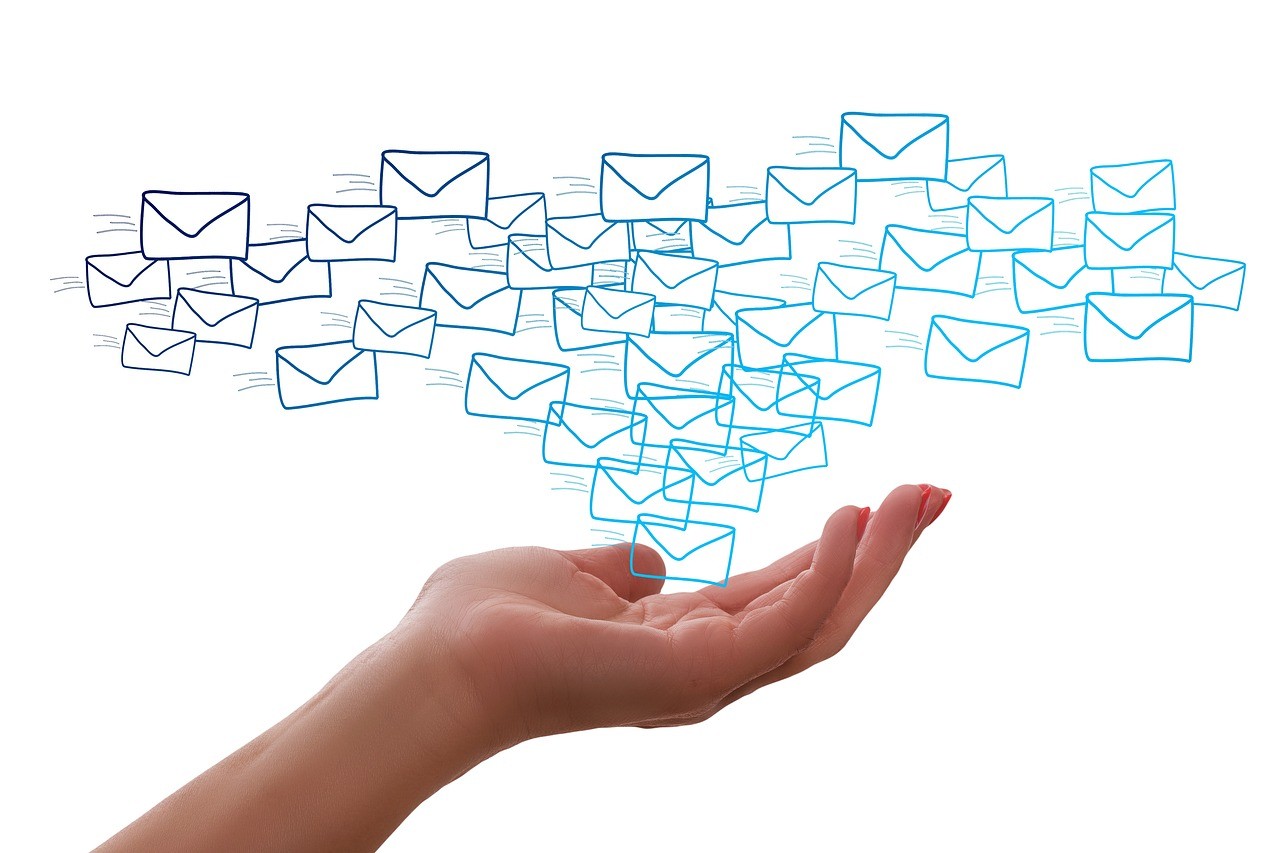In an increasingly digital world, our online identity has become as important as our physical identities. With numerous activities like shopping, banking, and communication going digital, our email accounts play a significant role in our online presence. So, what happens when your email is hacked? Regaining control over your digital identity can be a daunting task, but it's not impossible. This article will guide you on how to restore your digital identity following an email hack.
Understanding the Impact of an Email Hack

Your email account is the gateway to your digital life. Once hacked, cybercriminals can gain access to personal and financial information, impersonate you, and cause considerable damage.
They may send fraudulent emails to your contacts, which can harm your reputation. If you've linked your email to various online accounts, the hacker can potentially reset those passwords and seize control. Remember, recognizing the hack is the first step. Common signs include unexpected password reset emails, unfamiliar activity on your account, or complaints from contacts about strange emails. If you encounter these signs, swift action is imperative.
Regaining Control of Your Email Account
Once you realize your email has been compromised, the immediate step is to regain control. If you're still able to log into your account, change your password immediately. Choose a strong, unique password that would be difficult for a hacker to guess.
If you're locked out of your account, use the account recovery options provided by your email service provider. This usually involves answering security questions or using a secondary email or phone number to reset your password. If this doesn't work, contact your email provider's customer support for further assistance.
Securing Your Email Account Post Hack

After regaining control of your account, your next task is to secure it. Start by checking your account settings. Hackers often alter these to maintain access even after you’ve changed your password.
They may set up forwarding rules to receive your emails or alter recovery information to their own. Enable two-factor authentication if it’s not already active. This adds an additional layer of security by requiring a second form of identification, often a code sent to your phone, in addition to your password. Regularly update your security questions and make sure they are not easily guessable.
Restoring Your Digital Identity
After regaining and securing your account, it's time to restore your digital identity. Inform your contacts that your account was hacked to prevent them from falling victim to any scams that may have been conducted using your email. Review your sent emails and undo any actions the hacker may have taken using your account. This could include apologizing for any offensive emails sent, explaining the situation to your contacts, or contacting online services to dispute fraudulent transactions.
Preventive Measures to Avoid Future Hacks
Once you've recovered from an email hack, it's crucial to take measures to prevent future attacks. Regularly update your password and avoid using the same password across multiple accounts. Be wary of phishing attempts, which often come in the form of legitimate-looking emails requesting your personal information. Use security software to protect your devices against malware and viruses. Regularly back up your data to ensure you don't lose important files in case of a hack. While recovering from an email hack can be stressful, taking these steps can help you regain control of your digital identity. It's a reminder that in the digital world, security should always be a top priority.







